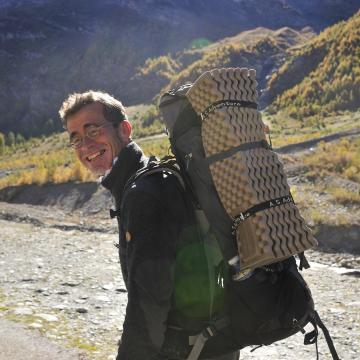
Pierre Pauquay
Member for 5 years 4 months
The Ardennes in all directions
Culture and Hiking
I cycled the route of the Liège-Bastogne-Liège race
A journey over cycling's sacred ground
cycling from 70 to 266km
It could be your challenge in the early Spring… The Liège-Bastogne-Liège cycle race for amateurs is held every year in April, the day before the race for professionals, over the same legendary roads and hills. A short reconnaissance of the route seemed a good idea…
The Classic cycle races began in the early twentieth century and created some of the most beautiful images in the history of cycling. The oldest of the Classics, the Liège-Bastogne-Liège race, has retained its aura and its fervent fans. There is a palpable sense of emotion when we arrive in Wallonia, land of cycling. At the end of April, the screeching of tyres and the clatter of dérailleur gears will interrupt the silence of the huge Ardennes forest. This anodyne murmuring, however, heralds a clash of titans. Liège-Bastogne-Liège is a test that every racing cyclist dreams of winning one day. And only the greats have won "the Old Lady". Let's set off on our bikes on this route of heroic exploits…
At the end of April, the screeching of tyres and the clatter of dérailleur gears will interrupt the silence of the huge Ardennes forest.
A real bone-cruncher
Racing cyclists compare the Liège-Bastogne-Liège to a real high-altitude mountain race. With a total of 4,000m of changes in altitude, this Classic and its amateur alter ego is the equivalent of one of the mountain stages of the Tour de France. The steepest hills are concentrated in the last 70km: a formidable and dreaded finale which we are going to explore.
From Wanne ownards, we encounter those Ardennes roads: it's like cycling uphill on sandpaper. The bumpy granular surface prevents our tyres from gliding, so we have to bite and rip into it to climb towards the misty summits. When you're racing you pay for the slightest weakness in cash. After a few hills, only the strongest are still leading the dance: it's impossible to hide in the peloton: at Liège, the ranking is made...naturally.
As the kilometres go by, we realise that these difficulties follow one after the other at once, with hardly any recovery time in between them. As we climb the hills, the inclines are often frightening: 12% average for the "Stockeu", 11% for "La Redoute". But we prefer the "Rosier", which is definitely one of the most beautiful of the race.
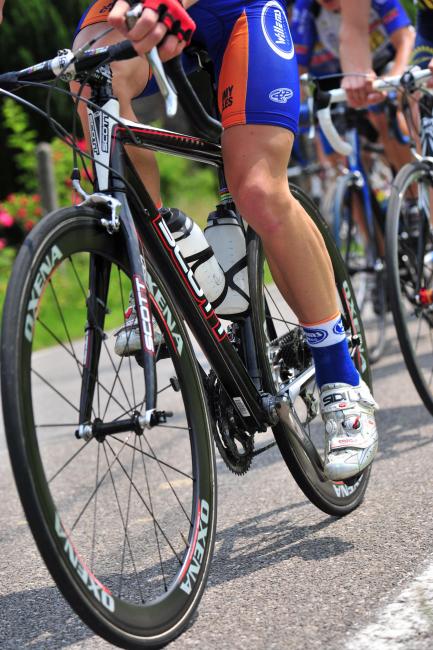
The countryside is superb, with the Amblève valley and the blue summits of the Ardennes as a backdrop. The route starts off in the forest, then continues through a mountainous landscape and passes through the village of Andrimont.
After these climbs, which resemble small cols, come technically challenging descents which the poor surfaces of some of the roads can turn into traps. From Cour, the route descends quickly to Spa and we had to be very careful. As we sped towards the springwater town, we made strong demands on our brakes! Just after Winamplanche is the Maquisard hill: a trap. In the race, some let themselves be taken in by it: the average incline forces you to choose a low gear and a high pedal rate, which makes it difficult to stage a breakout, and you must beware of the end of the climb. At the summit, close to the pretty hamlet of Reid, a short piece of flat road allows us to relax a bit, but, in the race, this is often where a small breakout of fighters can surprise the peloton.
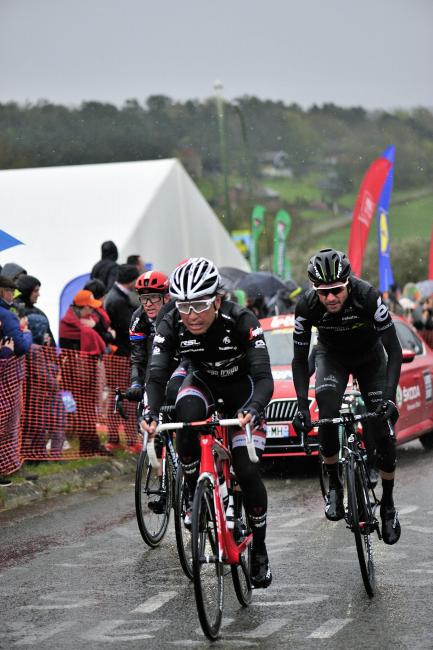
Pure and hard
After the Haut-Regard crossroads, the racers nervously descend as the favourites absolutely have to find a good position before the attack on the next climb. We, on the other hand, enjoyed the descent to Remouchamps… For several years, La Redoute hill has held the key to the race. Along the roadside, a huge crowd welcomes their heroes. The tension among the racers is so high that the spectators can feel it and feel involved in the moment. The narrowness and the steepness of this strip of tarmac seen from above does not forgive any weakness whatsoever.
Anyone who wants to win must absolutely get into the leader group at La Redoute: intense concentration is a must. In front of us, the road appears to be lying on the hill and flys away.
Although we are riding on a very narrow road, today there are absolutely no spectators. During the race, the lack of space causes inescapable traffic jams. A good racer can find himself squashed to a standstill, while his adversaries are already plunging down the descent: in the Liège-Bastogne-Liège, the slightest error can cost you dearly.
Changes in gears
In contrast to the Classics that come before it, the "Old Lady", a nickname the race owes to its seniority, requires riders to use different, less common gears. Many riders find their cycling rhythm is upset by the transition from fast races like the Milan-San-Remo and Paris-Roubaix. From the highest gears, required in Liège, to the lowest, required to cycle at speed in the valley bottoms. These repetitive changes of rhythm can break some riders. This race is ideal terrain for the "punchers" or big-hearted riders. As for us, our engines are worn out and tired. Liège still seems so far away… The Les Forges hill that follows on directly from the one before it La Roche aux Faucons finishes us off. Liège-Bastogne-Liège is a race that wears your entire body out over more than 260km.
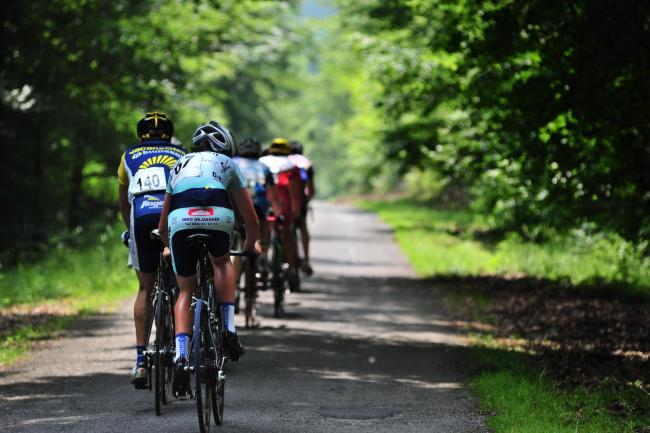
A race for foxes
Every year there are lots of claimants for first place: the skill is to hide your game plan well. You have to be as cunning as a fox. The winner must move ahead of the crowd at the right moment and must not use up all his energy at once. In the Liège-Bastogne-Liège, riders must use their intelligence and must have exceptional self-confidence. If they surge ahead too early, they will wear themselves out for nothing. If they leave it too late, they will find themselves next to their main rivals. In the final kilometres, they cannot rest and let their team-mates do the work, they have to make a solo effort to do the impossible.
The twilight of winter
in April, up on the summits in the Province of Liège, the winter can still be fearsome. In 1980, in a blizzard, Bernard Hinault won the Old Lady by more than 9 minutes, in a race where only 21 riders managed to finish and escape hell. The Breton emerged from that adventure with a frozen finger joint. The region's topography means there can be sudden changes of temperature. The valley bottoms can remain very cold, and the summits can be buffeted by an icy wind. Rapid descents cool the riders down after they have sweated their way up hills. Even participants in the amateur race must ensure they have the right equipment. The scene is set. Make way now for the actors in this mighty race and for you, passionate cyclists.
Enjoy this experience
Cyclo (amateur race): the Saturday before the race for professionals
Distances: 79km, 153km or 253km
Start: 253km: 6.30am – 7.30am, 153km: 6.30am-10.00am, 79km: 9am - 10am
More information
The main hills
Saint-Roch: average 11.5%, maximum 18% maxi, length: 1.1km
Mont-le-Soie: average 6%, maximum 12%, length: 1.9km
Wanne: average 7.5%, maximum 13%, length: 2.2km
Le Stockeu: average 9.4%, maximum 15%, length: 2.4km
La Haute Levée: average 5.6%, maximum 11%, length: 3.6km
Le Rosier: average 5.7%, maximum 12%, length: 4.5km
Col du Maquisard: average 5.1%, maximum 7%, length 3km
La Redoute: average 9.7%, maximum 20%, length: 1.6km
Les Forges: average 6%, maximum 10%, length 2.1km
La Roche aux Faucons: average 9.5%, maximum 16%, length: 1.5km
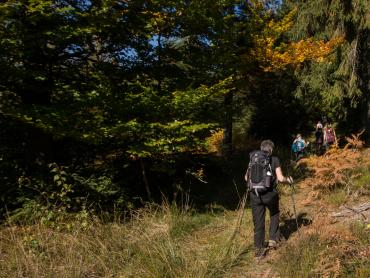
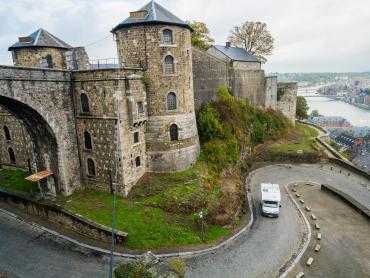
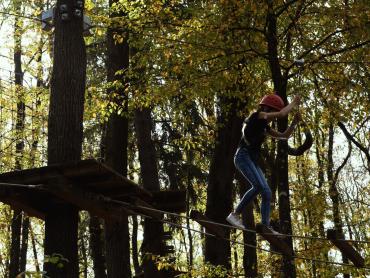
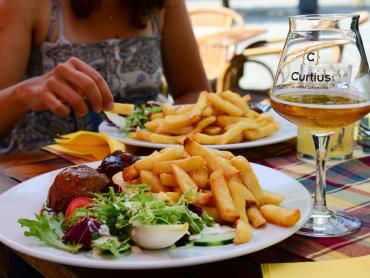
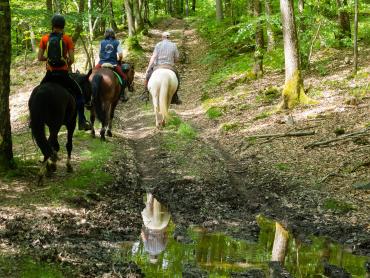
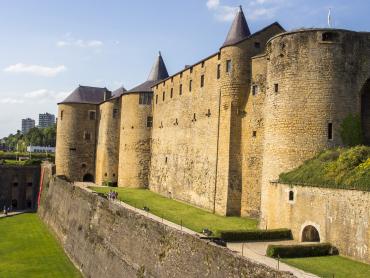
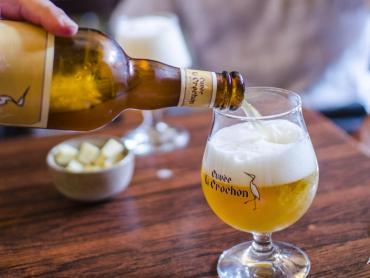
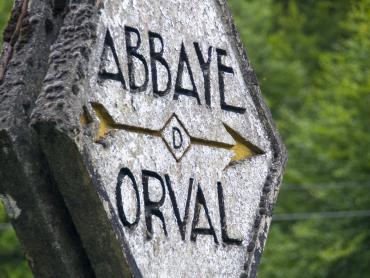
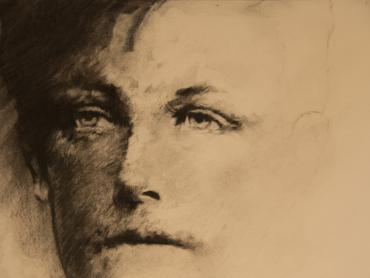
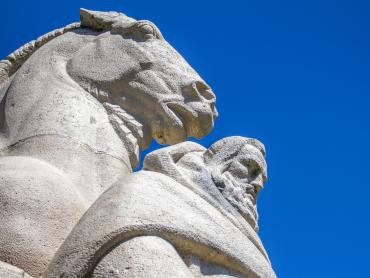
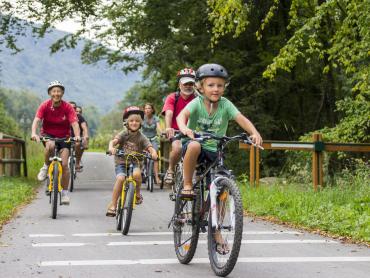
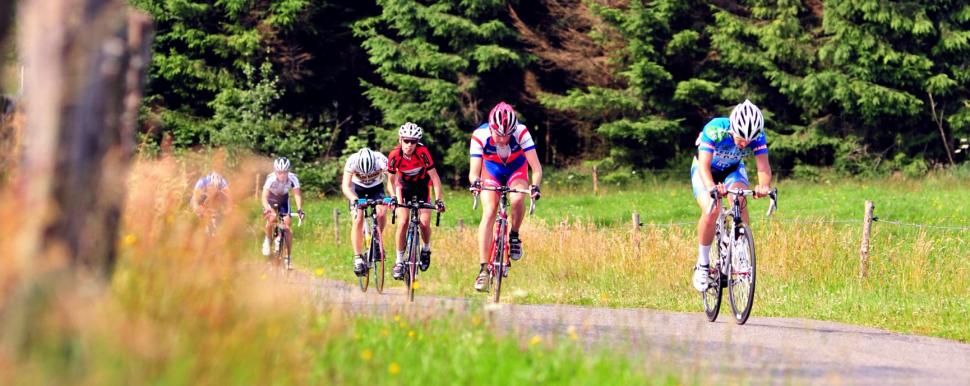
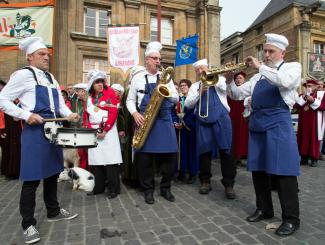
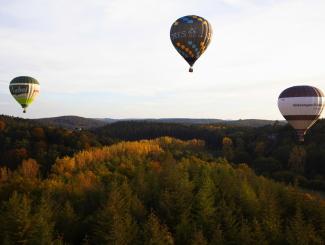
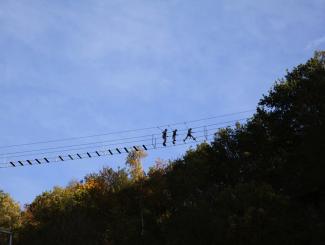





Exploring the route of the legendary Liège-Bastogne-Liège cycle race